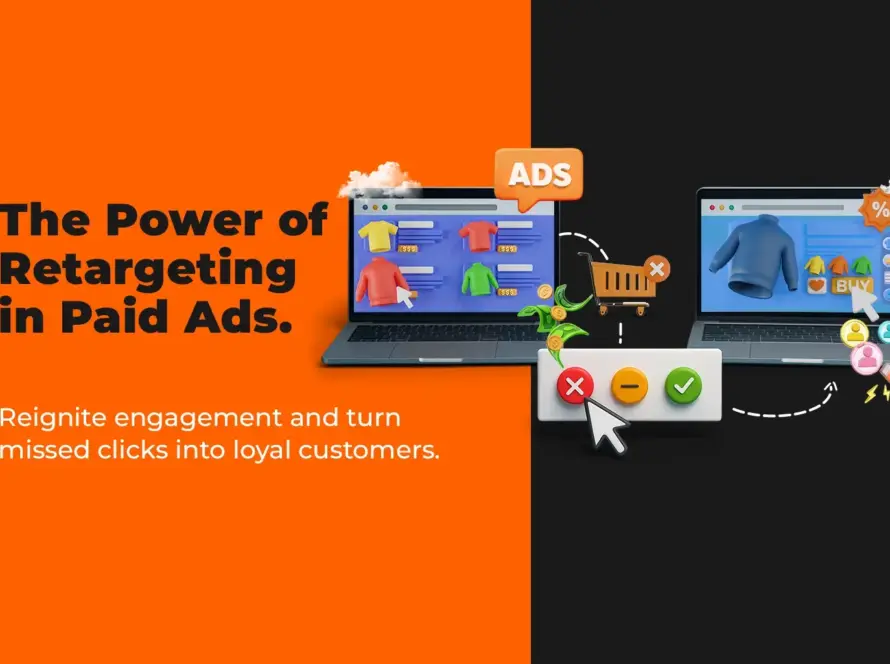What Is Conversion Rate Optimization (CRO)?
Conversion Rate Optimization (CRO) is the process of improving a website’s ability to turn visitors into customers, leads, or subscribers. It involves analyzing user behavior, testing design changes, and refining content to boost conversions. At Omega Trove, CRO is about clarity and performance — building websites that don’t just attract visitors but drive measurable growth.
What Does Conversion Rate Optimization (CRO) Mean in Web Design & Development?
In ecommerce and web design, CRO ensures every page has a purpose. For example:
- Optimizing checkout flow to reduce abandoned carts.
- Testing headlines and calls-to-action (CTAs) to see which drives more sign-ups.
- Improving page speed to keep customers from leaving.
For consultants, CRO is the bridge between traffic and revenue — turning marketing spend into ROI.
Why Conversion Rate Optimization Matters for Business Strategy
CRO directly impacts sales, growth, and customer trust.
Benefits of CRO:
- Increases ROI without needing more traffic
- Reduces drop-offs at checkout or forms
- Improves user experience and satisfaction
- Builds customer confidence with clear messaging
- Supports long-term scalability with data-driven decisions
How Omega Trove Applies CRO in Ecommerce & Web Design
At Omega Trove, we combine data insights with design clarity to deliver consistent improvements:
- Running A/B tests on landing pages, CTAs, and layouts
- Streamlining checkout flows to minimize friction
- Enhancing page speed for faster experiences
- Using heatmaps and analytics to identify user pain points
- Aligning CRO with broader SEO and UX strategies
Learn more about our Ecommerce Store Design services.
Related Terms You Should Know
- Checkout Flow – The steps a customer takes to complete a purchase.
- Shopping Cart Abandonment – A key issue CRO seeks to reduce.
- UX (User Experience) – Optimized UX directly supports CRO results.
Frequently Asked Questions
What Is Conversion Rate Optimization (CRO)?
Conversion Rate Optimization (CRO) is the process of improving a website’s ability to convert visitors into customers, leads, or subscribers. It uses data analysis, user testing, and design improvements to increase conversions and maximize ROI without needing additional traffic.
Why Is CRO Important for Ecommerce?
CRO is crucial in ecommerce because it helps convert existing website visitors into paying customers. Rather than spending more on ads, businesses can increase revenue by improving checkout flow, refining product pages, and testing CTAs to reduce cart abandonment and boost average order value.
How Is Conversion Rate Calculated?
The conversion rate is calculated using the formula:
(Conversions ÷ Total Visitors) × 100.
For example, if 500 out of 10,000 visitors make a purchase, the conversion rate is 5%. Tracking this metric helps measure the effectiveness of optimization and marketing efforts.
What Tools Are Commonly Used in CRO?
Popular CRO tools include:
- Google Analytics (traffic and behavior data)
- Hotjar or Crazy Egg (heatmaps and session recordings)
- Optimizely and VWO (A/B and multivariate testing)
- Google Optimize or Convert.com (experiment tracking)
These tools reveal friction points and user interactions that affect conversions.
Does CRO Only Apply to Ecommerce Websites?
No. CRO benefits any website with a conversion goal—such as lead generation, subscriptions, or event sign-ups. Blogs, SaaS platforms, and service-based businesses all use CRO to improve engagement, optimize content layouts, and convert visitors into actionable results.
What Are the Most Common CRO Mistakes?
Frequent CRO mistakes include:
- Ignoring mobile optimization
- Having unclear or weak CTAs
- Using slow-loading pages
- Making design decisions without testing
- Skipping analytics review
Avoiding these pitfalls ensures consistent conversion improvements across devices and channels.
Can CRO Improve SEO Performance?
Yes, indirectly. While CRO isn’t a direct ranking factor, improvements in user experience—like reduced bounce rate, better engagement, and faster site speed—signal to Google that the site delivers value, which can positively influence organic search performance over time.
How Long Does It Take to See CRO Results?
CRO results typically appear after 2–3 months of testing and optimization. Timelines depend on traffic volume, testing cycles, and the complexity of implemented changes. Regular data review ensures sustained improvements in conversion rates and customer engagement.
What Is A/B Testing in CRO?
A/B testing compares two versions of a page or element to see which performs better. For instance, businesses might test different headlines, button colors, or layouts. The winning variation—determined by higher conversions—is then implemented to maximize results.
How Can Businesses Implement Effective CRO Strategies?
Businesses can optimize conversion rates by:
- Streamlining checkout flows
- Improving page speed and mobile UX
- Writing clear CTAs and value-driven copy
- Using analytics to guide design decisions
- Continuously A/B testing key elements
These data-driven adjustments enhance user experience and boost overall performance.



